Learn how to save okra seeds with our expert 2024 guide. Discover step-by-step techniques for harvesting, processing, and storing seeds to ensure garden sustainability and preserve your favorite okra varieties.
Saving okra seeds is a rewarding practice that allows gardeners to preserve their favorite varieties, save money, and participate in the age-old tradition of seed saving. By learning how to properly harvest, process, and store okra seeds, you can ensure a sustainable supply of this versatile vegetable for years to come. This guide will walk you through the step-by-step process of saving okra seeds, providing expert tips and insights for success.
As a horticulturist with over 15 years of experience in vegetable gardening and seed saving, I’m excited to share my knowledge on preserving okra seeds. Let’s dive into the world of seed saving with a focus on this beloved Southern staple!
Why Save Okra Seeds?
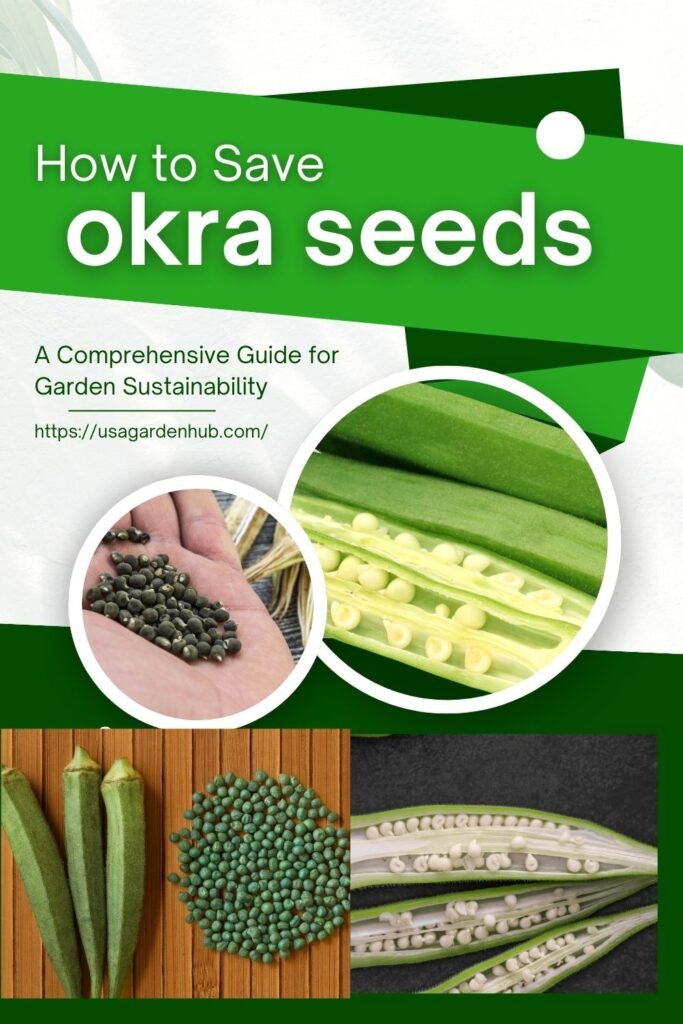
Before we get into the how-to, let’s consider the benefits of saving okra seeds:
- Preserve heirloom and favorite varieties
- Adapt plants to your specific growing conditions over time
- Save money on purchasing seeds
- Participate in biodiversity conservation
- Connect with the full cycle of food production
Now, let’s explore the process of saving okra seeds step by step.
Step-by-Step Guide to Saving Okra Seeds
1. Choose the Right Plants
Why It’s Important: Selecting the best plants ensures you’re preserving desirable traits.
How to Do It:
- Choose healthy, vigorous plants with characteristics you want to preserve.
- Mark these plants early in the season for seed saving.
2024 Trend: Genetic diversity in home gardens is gaining recognition for its role in climate resilience.
Pro Tip: Select multiple plants to maintain genetic diversity and prevent inbreeding depression.
2. Allow Pods to Mature Fully
Why It’s Important: Fully mature pods ensure viable, well-developed seeds.
How to Do It:
- Let the pods remain on the plant until they’re brown and dry.
- This usually occurs 4-6 weeks after the edible stage.
2024 Update: New studies show that seeds from the middle of the plant often have the highest viability.
Pro Tip: Cover maturing pods with small mesh bags to prevent seed loss if pods split open.
3. Harvest the Pods
Why It’s Important: Proper harvesting ensures you collect seeds at peak maturity.
How to Do It:
- Cut the brown, dry pods from the plant.
- Place them in a paper bag or basket.
2024 Innovation: New ergonomic garden tools are making seed pod harvesting easier for gardeners with mobility issues.
Pro Tip: Harvest on a dry day to prevent moisture-related issues during seed processing.
4. Dry the Pods Further
Why It’s Important: Additional drying ensures seeds are at the optimal moisture content for storage.
How to Do It:
- Spread pods in a single layer on a screen or paper.
- Place in a warm, dry area with good air circulation for 1-2 weeks.
2024 Trend: Solar dehydrators are becoming popular for seed drying in off-grid and sustainable gardening.
Pro Tip: Use a fan to improve air circulation and speed up the drying process.
5. Extract the Seeds
Why It’s Important: Proper extraction ensures clean seeds free from pod debris.
How to Do It:
- Break open the dried pods by hand or gently crush them.
- Separate the seeds from the pod material.
2024 Update: New research suggests that hand extraction may be gentler on seeds than mechanical methods for small-scale saving.
Pro Tip: Wear gloves during extraction, as some people may experience skin irritation from okra pods.
6. Clean the Seeds
Why It’s Important: Cleaning removes chaff and improves seed quality and storage life.
How to Do It:
- Winnow the seeds by gently blowing away the chaff.
- Use a fine mesh sieve to separate seeds from smaller debris.
2024 Innovation: DIY seed cleaning kits are gaining popularity among home gardeners.
Pro Tip: Clean seeds outdoors on a slightly breezy day for natural winnowing assistance.
7. Dry the Seeds Thoroughly
Why It’s Important: Proper seed moisture content is crucial for long-term viability.
How to Do It:
- Spread cleaned seeds in a single layer on a screen or paper.
- Allow to air dry for 3-7 days in a warm, dry location.
2024 Research: Studies are exploring optimal humidity levels for seed drying to maximize longevity.
Pro Tip: Test seed dryness by pressing with a fingernail. Properly dried seeds won’t dent.
8. Store the Seeds
Why It’s Important: Proper storage maintains seed viability for future planting.
How to Do It:
- Place dried seeds in airtight containers (glass jars or seed envelopes).
- Label containers with the variety name and harvest date.
- Store in a cool, dark, dry place.
2024 Trend: Vacuum-sealed storage methods are gaining popularity for long-term seed preservation.
Pro Tip: Add a silica gel packet to the storage container to absorb any residual moisture.
Best Practices for Okra Seed Saving
To ensure the best results when saving okra seeds:
- Choose open-pollinated varieties, as hybrid seeds may not produce true-to-type plants.
- Practice proper isolation techniques if growing multiple okra varieties to prevent cross-pollination.
- Rotate your seed saving plants each year to maintain genetic diversity.
- Keep detailed records of your seed saving process and plant performance.
- Perform germination tests on stored seeds annually to check viability.
Embracing Seed Sovereignty
Saving okra seeds is more than just a money-saving practice; it’s a step towards seed sovereignty and agricultural biodiversity. By mastering this skill, you’re joining a global movement of gardeners and farmers working to preserve our plant heritage.
Remember, seed saving is both a science and an art. Don’t be discouraged if your first attempts aren’t perfect – each season brings new learning opportunities and chances to refine your technique.
For more information on seed saving and sustainable gardening practices, visit resources like the Seed Savers Exchange or your local agricultural extension office. Happy seed saving, and may your future okra harvests be bountiful!
For more gardening tips and plant care guides, visit usagardenhub.com.

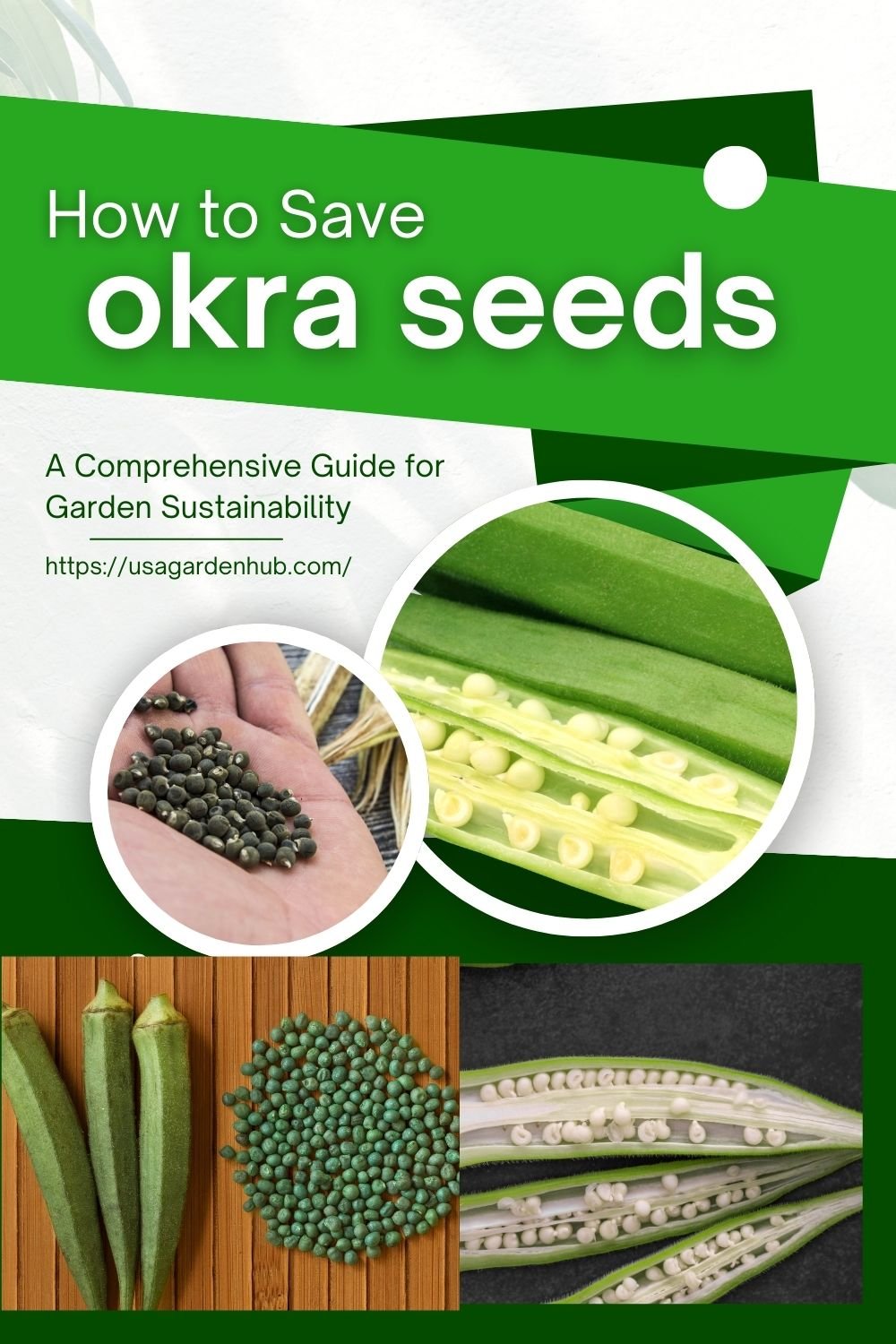

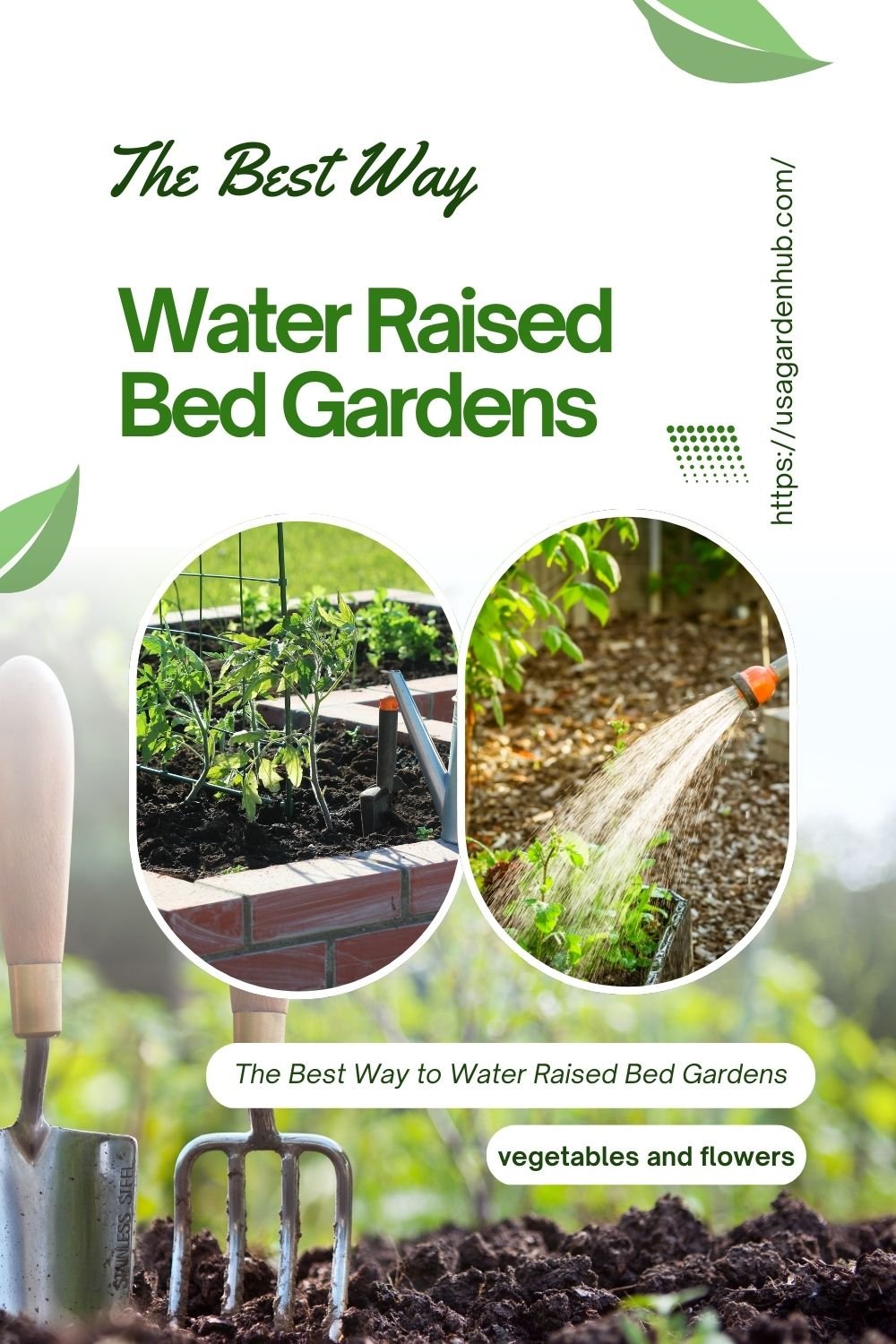
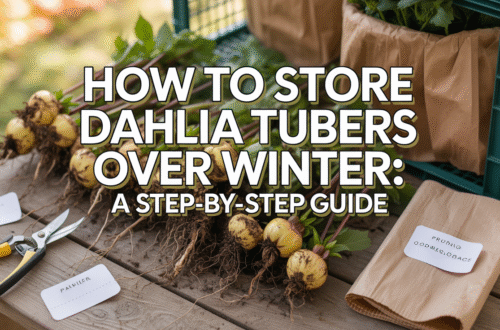
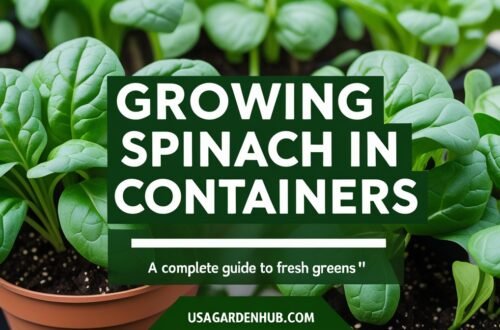

2 Comments on “How to Save Okra Seeds : A Comprehensive Guide for Garden Sustainability”